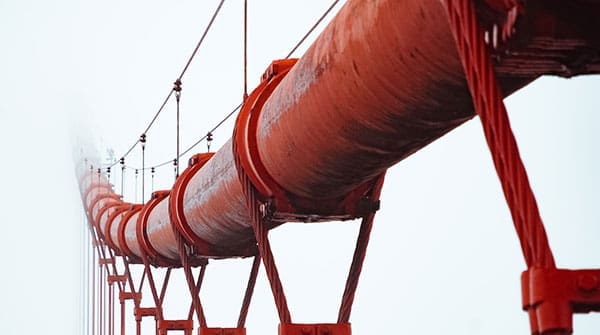 Two words define how we need to think about next-generation energy: trust and transparency.
Two words define how we need to think about next-generation energy: trust and transparency.
Independent of each other, they don’t mean much. But make them codependent and an entirely different dynamic emerges.
For the petroleum sector, that commingled nuance is critical. It struggles with trust and is often confounded by transparency when trying to win over an increasingly disconnected public.
The reality is, however, that the industry has had transparency in spades for decades. The sector just hasn’t been good about translating that into trust. All the while, opposition mounts and the public gets confused.
For that transparency, thank various provincial governments and their regulators. Albertans in particular have been especially blessed with a transparent regulatory system since the 1930s, when the energy resource base came under provincial management and conservation oversight. How the rights to resources came to be owned by Albertans is a fascinating piece of history that dates back to the 19th century, and features wrangling between the railroad companies and the provincial and federal governments.
Still, most Canadians, including Albertans, are only vaguely aware they actually own (most of) the energy molecules licensed to the private sector to be developed on their behalf. Governments, with their regulators, ensure responsible development, monetarily and environmentally. The results help bring the quality of life we all enjoy – notwithstanding the often-violent roller-coaster ride that comes with commodity volatility and the impact on government revenues.
But to ordinary citizens, the petroleum sector is a vast and seemingly impenetrable monolith. They perceive it as a greedy monopolistic entity that moves and functions with singular purpose. This can be traced to the sector’s early days in the United States, with its prevalence of oil, gas and railroad robber barons who built vast empires on the commodities and systems needed by a growing nation.
Much has changed, of course, but ordinary folks still don’t necessarily equate corporate profits with social profits, even in Canada, where ownership shifted in favour of the Crown (us). This is complicated by the fact that while oil and gas, like all industrial sectors, has many disparate working components, the big names still dominate.
Some of those components are good (even very good) and others not so good. The same is true of other sectors on which Canadians rely heavily. There are good mining companies and others that may not meet certain performance expectations. And in Canadian agriculture, not all farmers are cut from the same operating excellence cloth.
It’s no different in oil and gas.
That’s why an important transparency turning point in Alberta shouldn’t go unnoticed.
The Alberta Energy Regulator (AER) recently unveiled a website that focuses on pipeline performance. It’s intended to help the public better understand pipeline operating dynamics. It ranks companies on operating thresholds and standards. Not surprisingly, not all companies get a gold star on their report cards.
It’s transparency at its finest.
And the website is the latest in a series of AER initiatives to create a clearer window through which the public can view companies operating in Alberta.
Indeed, it builds on a tradition that dates back eight decades. Data and performance insights help the public keep an eye on the companies licensed to develop the resources Albertans collectively own.
What changed over time is something called social licence. At its essence is the notion that the public should be more aware of, and engaged in, energy affairs. Balanced trust and transparency tools will help the social licence debate by helping ordinary citizens be better informed.
For companies, these AER tools should be viewed as key elements in helping the public be involved in oil and gas dialogues. And a better-informed citizenry, armed with the operating facts, makes for more rational and respectful discussion.
The AER has just opened another transparency window with its pipeline website. It can help people come to trust by understanding how companies are held accountable for performance.
Step up, Albertans, and look through the window. You’ll see your energy molecules working for you – and you’ll see the regulators who keep watch on your behalf.
Bill Whitelaw is president and CEO at JuneWarren-Nickle’s Energy Group.
Bill is a Troy Media contributor. Why aren’t you?
The views, opinions and positions expressed by columnists and contributors are the author’s alone. They do not inherently or expressly reflect the views, opinions and/or positions of our publication.


